Pho Hien - Hung Yen city, which used to be a prosperous ancient urban area, a place that carries the spirit of "little Trang An" of the ancient North. It is no coincidence that this land is mentioned in folklore with the saying: "First the Capital, second Pho Hien". That is a recognition not only of the commercial position of the past, but also a testament to the depth of history, culture and the constant aspiration to rise of this land today and tomorrow.
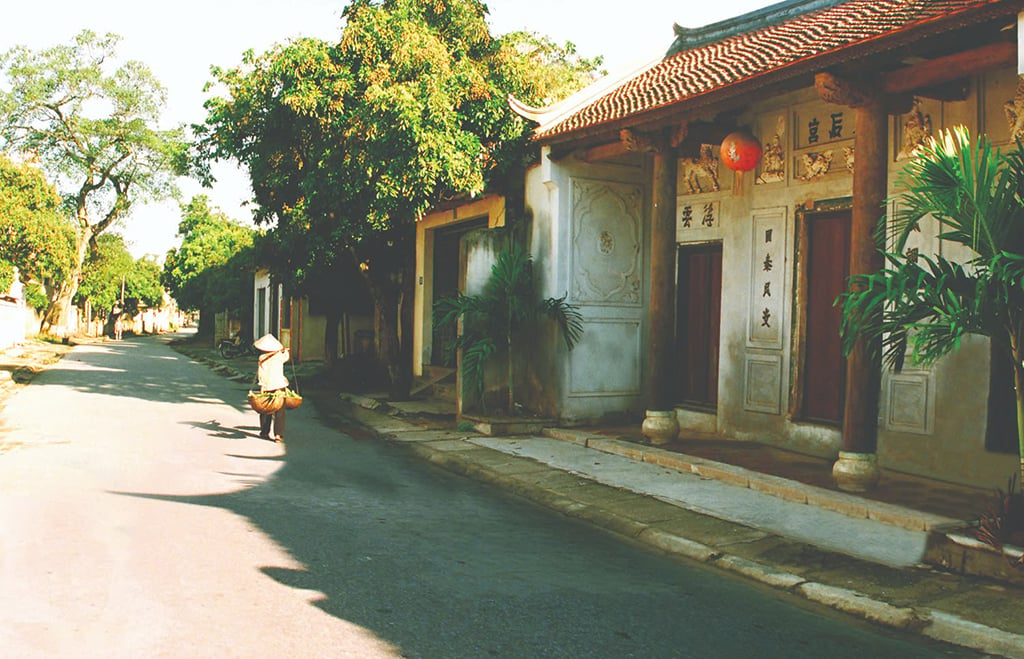
Photo: LE HAO
According to historical records, it was the favorable hydrological and topographical conditions that contributed to the most prosperous period of Pho Hien - the land where three major streams converge: the Red River, the Thai Binh River and the Day River. This was a strategic "trade artery", a gateway from the sea deep into the interior, connecting the Northern coastal region with the Thang Long capital and further, all the way to Dang Trong. Thanks to that, Pho Hien quickly rose to become the most important political - economic - cultural center of Dang Ngoai during the 17th - 18th centuries.
Under the Le - Trinh dynasty, this place developed strongly as a bustling international trading port. On the wharf and under the boats, the Xich Dang River was often bustling with large-tonnage merchant ships of Chinese, Japanese, Portuguese, Dutch, British... anchored and trading. Not only a place for exchanging goods, Pho Hien also had the appearance of a true economic city - with a complex of ports, central markets, trading quarters and especially two trading posts of the Dutch and British - acting as international "representative offices", warehouses and trade coordination centers. Thanks to the bustling trading activities, the foreign community - from Chinese, Siamese, Malays to European merchants - came to live and work here. From there, a multi-ethnic and multi-religious cultural space was formed. Architectural works, pagodas, churches, temples and shrines with a mixed style between Asia and Europe still have traces in the Pho Hien relic complex today.
That prosperity made Pho Hien known as "little Trang An" - a miniature Thang Long of the golden age. If the capital had 36 famous streets, Pho Hien once had more than 20 bustling wards with names such as: Tan Thi, Tien Mieu, Hau Truong... Those streets were not only places for trading, but also the soul of a city that was once famous everywhere. Turning the pages of history of ancient Pho Hien, this place was a bustling trading port, welcoming merchant ships from the West and the East. Once the second largest commercial center in the country, Pho Hien not only developed its economy, but also preserved the quintessence of multi-ethnic culture - from architecture, beliefs to customs. It is from this "spiritual land of talented people" that heritages such as Chuong Pagoda, Mau Temple, Xich Dang Temple of Literature... have endured over time and become symbols of the unique cultural identity of the Northern Delta region .
Not only has a deep history, Hung Yen city also has a favorable geographical location. Located in the center of the development triangle of Hanoi - Hai Phong - Quang Ninh, close to the capital Hanoi, this city is easily connected to major cities in the region through the main traffic system: National Highway 38, National Highway 39, Hanoi - Hai Phong Expressway, and strategic bridges such as Yen Lenh, Hung Ha, Trieu Duong...
Not stopping there, the routes that have been, are being and will be opened such as the route connecting cultural heritage, tourism and economic development along the Red River (expected to start construction in the middle of this year), or the traffic route connecting Hung Yen - Thai Binh will continue to "unlock" the multi-dimensional growth potential for the region.
In the past few decades, Hung Yen city has undergone a strong transformation, from a small town after the re-establishment of the province (1997), to now, the city has achieved the standard of a type III urban area and is striving to reach the target of type II by 2025. The economy has grown sustainably, maintaining a rate of over 10%/year for many consecutive years. The urbanization rate reached nearly 53% - an impressive figure compared to the average of urban areas in the Northern region.
Along with infrastructure development is a strong increase in commercial, service, educational and medical activities. A livable city is taking shape - a modern place associated with a long-standing cultural identity, where people are placed at the center of development.
Recently, the Provincial People's Committee has submitted to the Prime Minister the project "Construction and restoration of ancient Pho Hien" with a total estimated investment of more than 47 trillion VND. The project will be implemented in the period of 2025-2035, on an area of more than 1,700 hectares in Hung Yen city. The scope of implementation includes Minh Khai, Hien Nam, Lam Son, Hong Chau wards and Quang Chau, Hoang Hanh, Tan Hung communes. The goal of the project is not only to preserve the existing relic system such as communal houses, temples, pagodas, ancient churches... but also to restore the ancient urban space, recreating the appearance of Pho Hien - an international trading center that once welcomed merchants from 12 countries. Symbolic works such as Xich Dang trading port, ancient houses and architecture with East-West fusion style will be restored, creating a harmonious combination of tradition and modernity in the urban space.
In the flow of national history, there are lands that are not only mentioned by maps, but also by pride and emotion. Pho Hien - Hung Yen city today - is such a land. From the ancient and splendid urban area by the Red River in the past, to a young urban area rising strongly in the midst of today's renovation period. And this place has never stopped writing its dream.
Source: https://baohungyen.vn/tu-hao-goi-ten-pho-hien-3181384.html


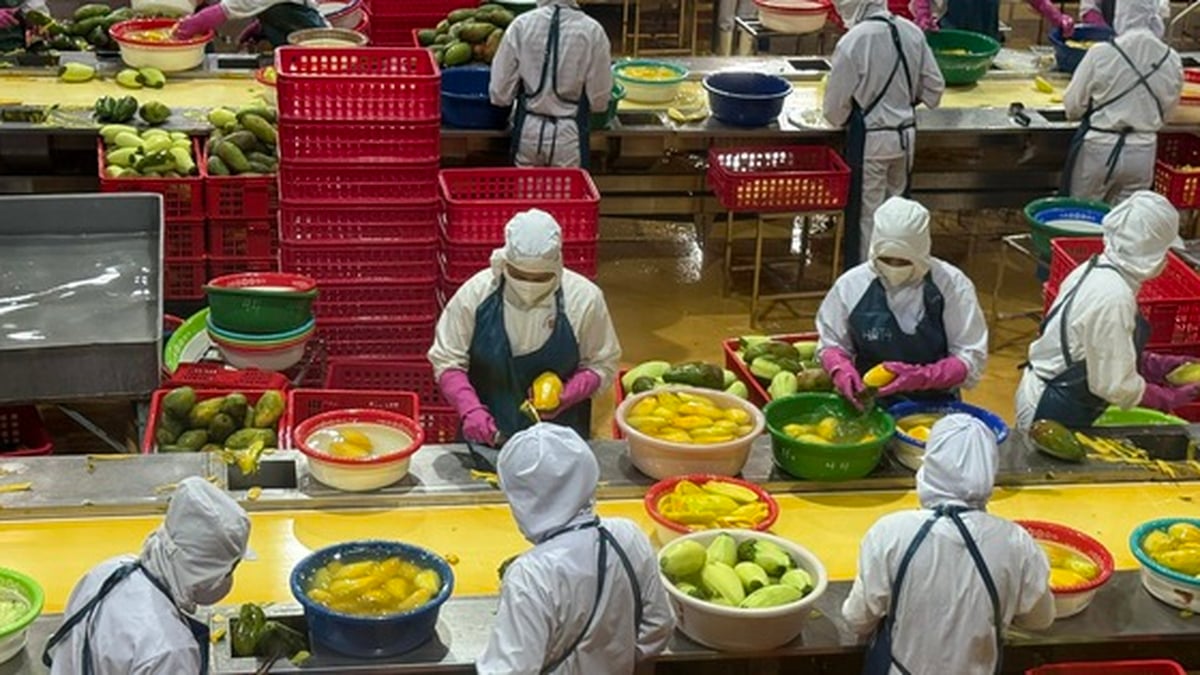
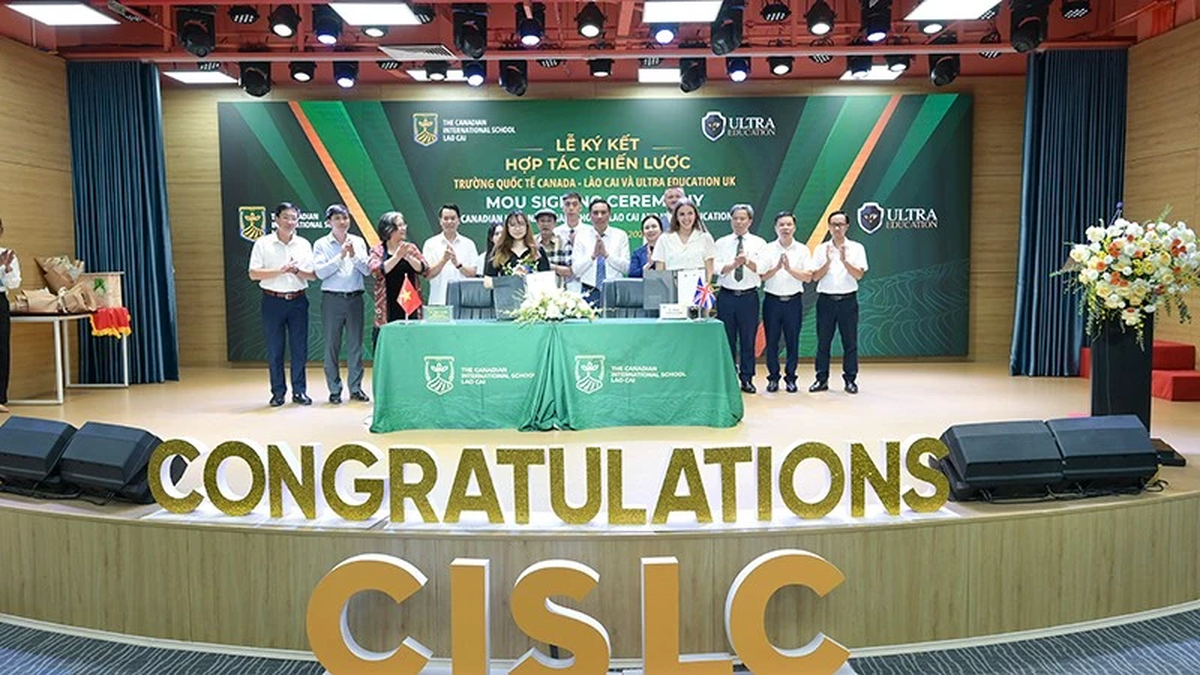

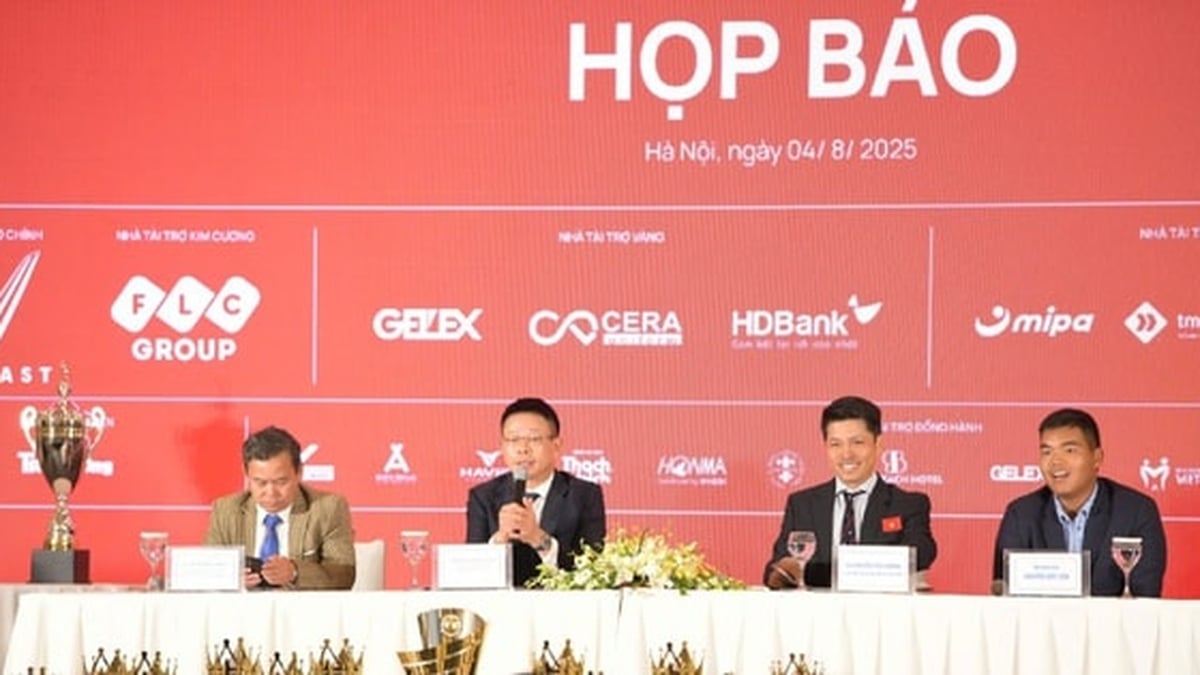
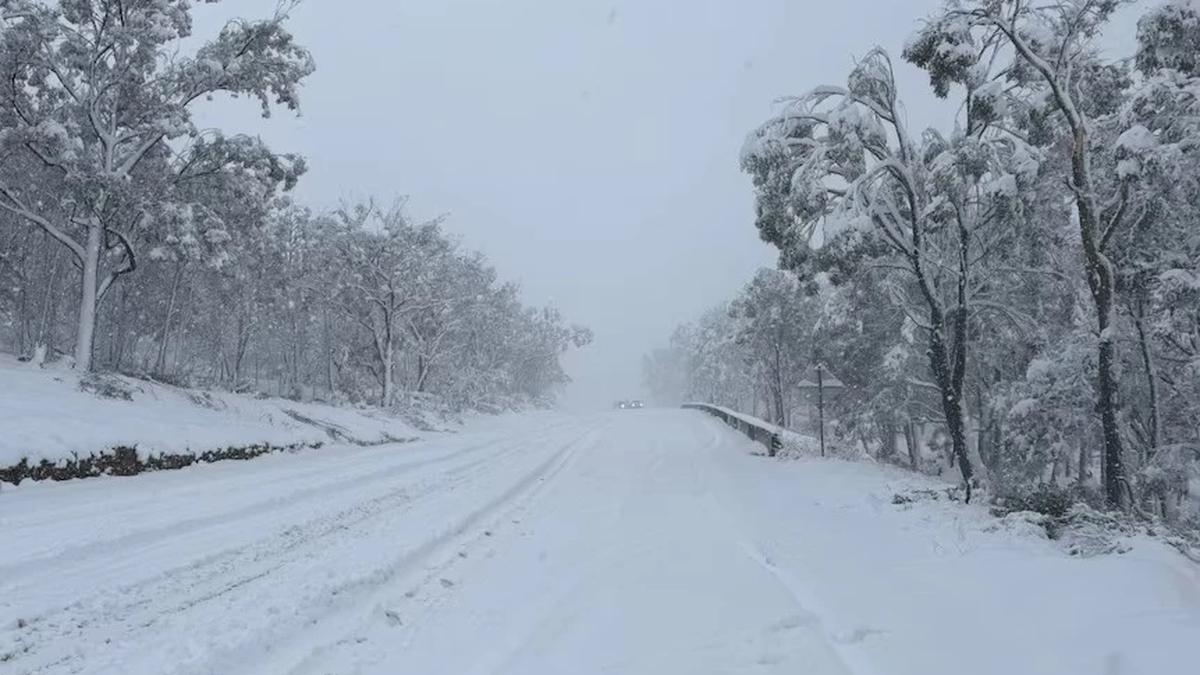
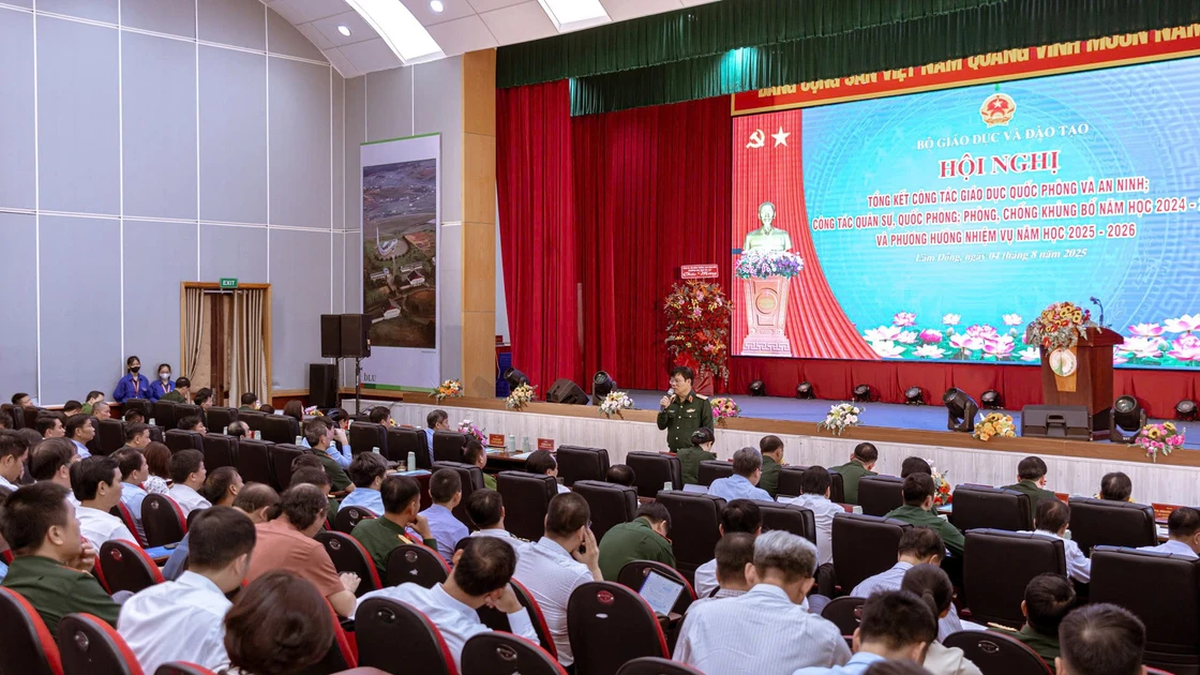
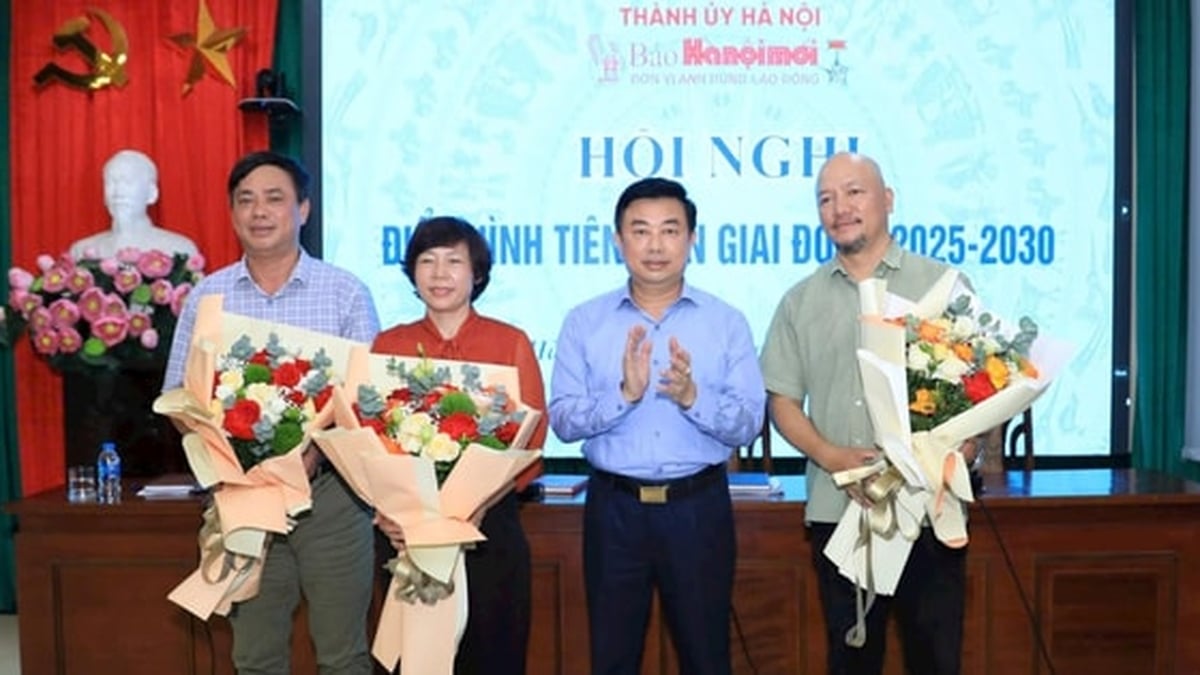













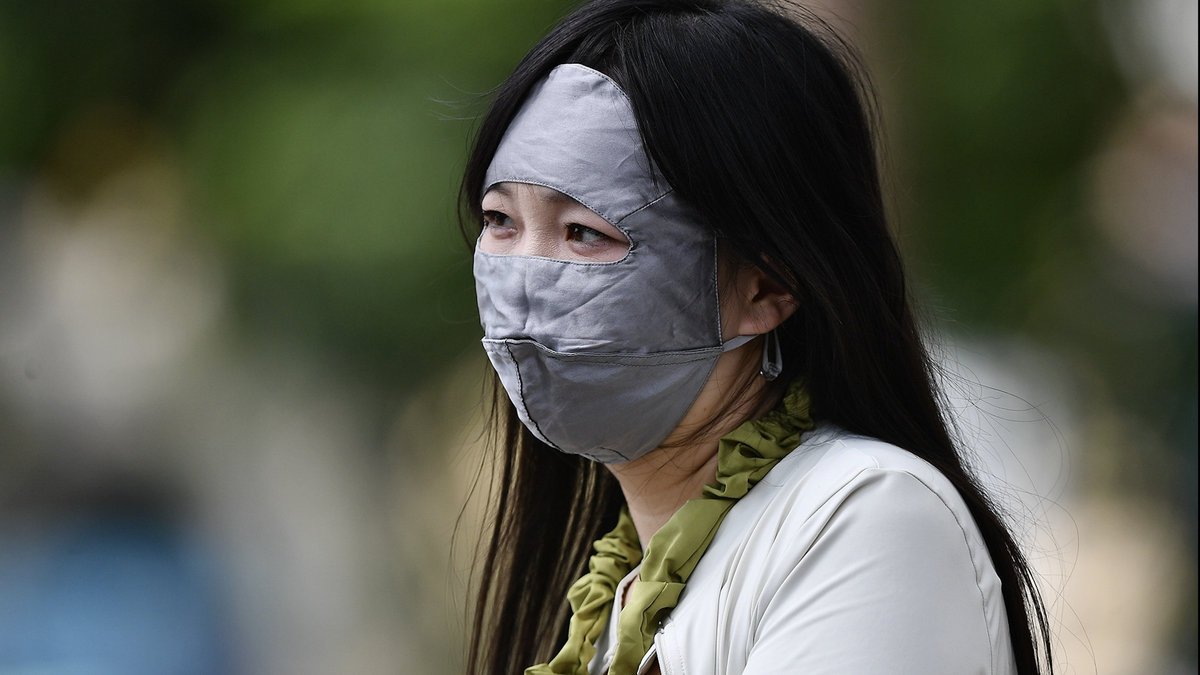

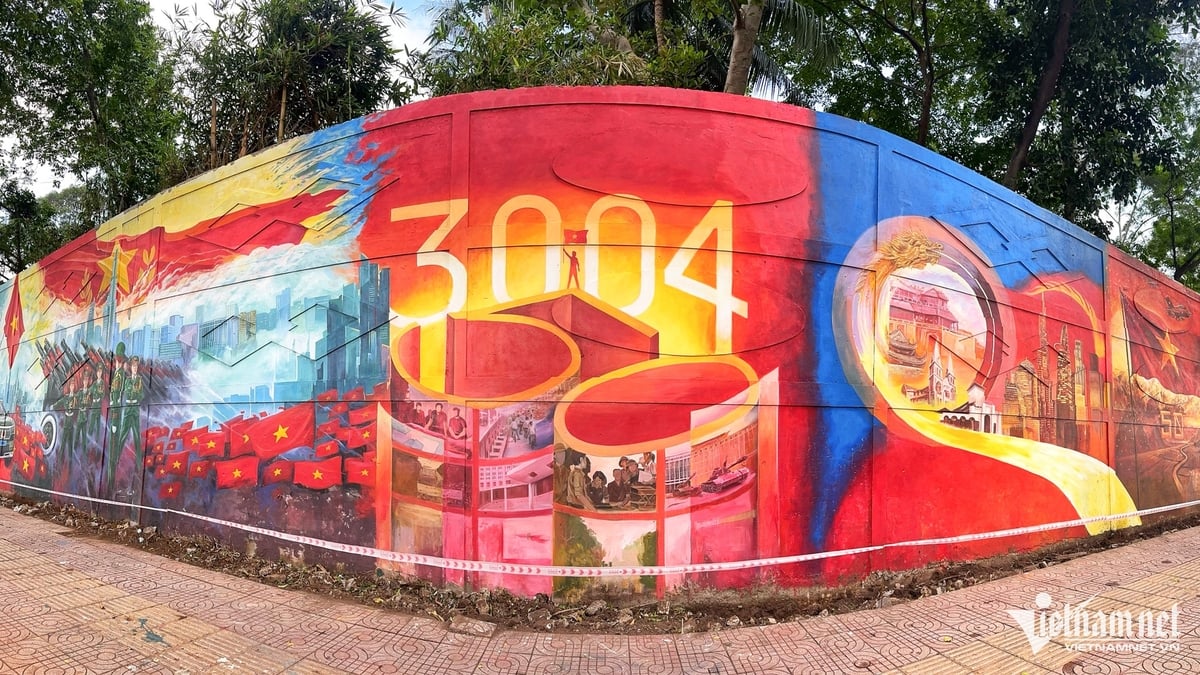

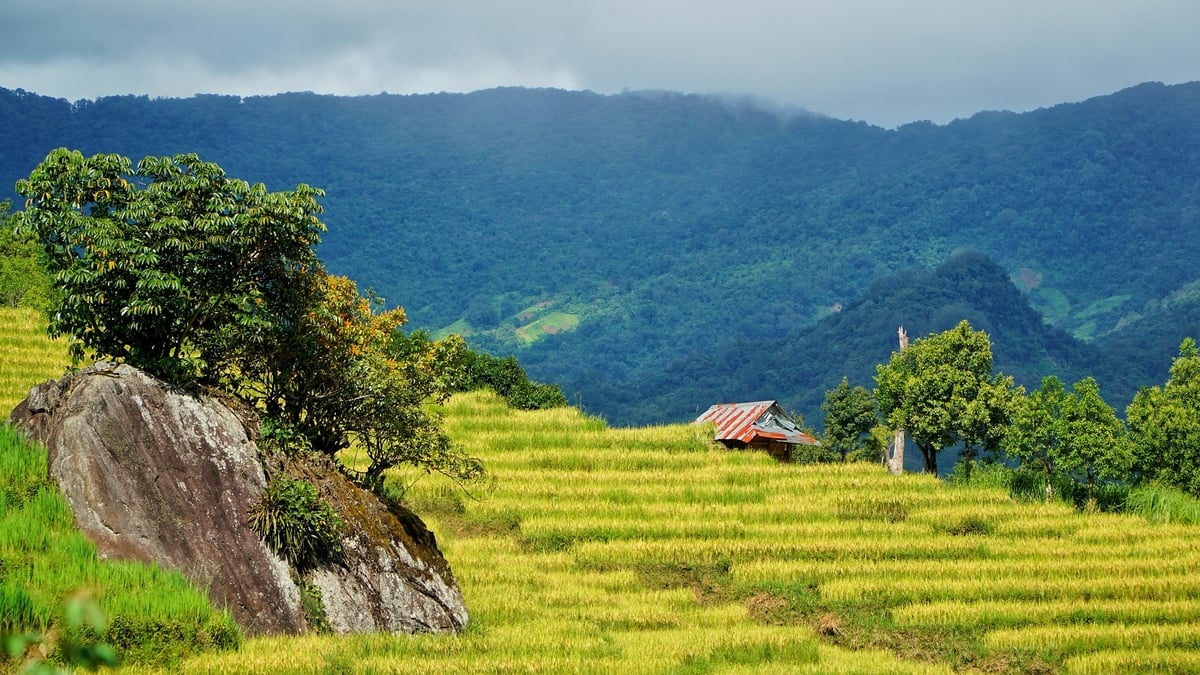
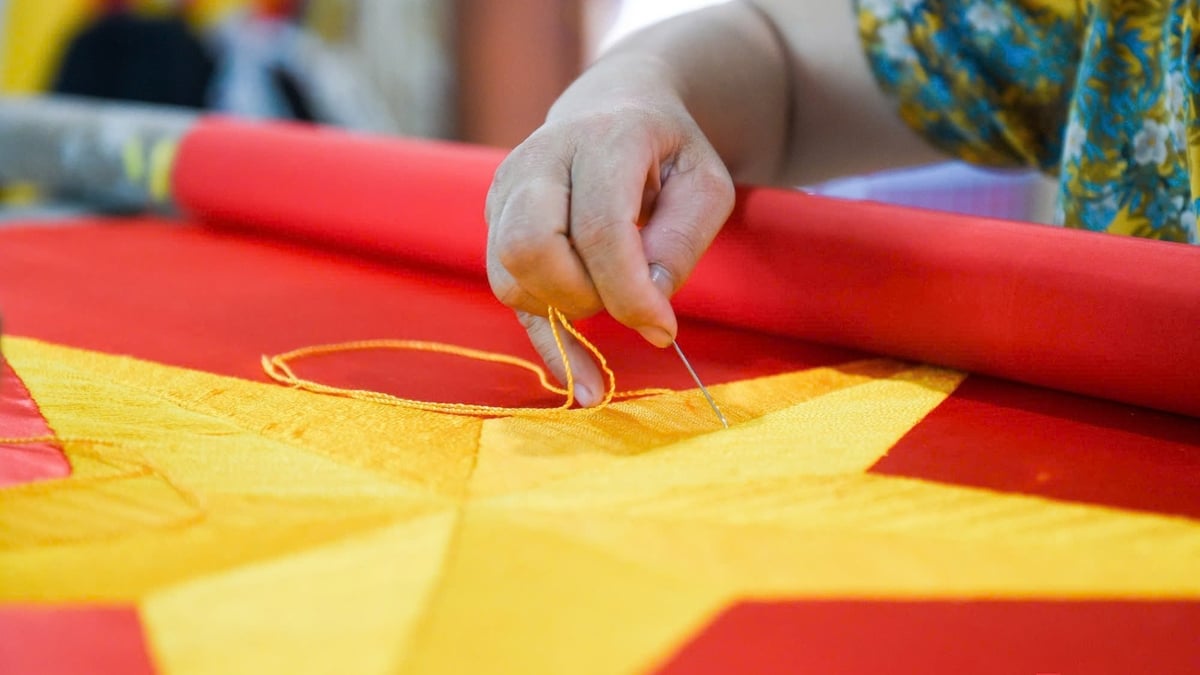


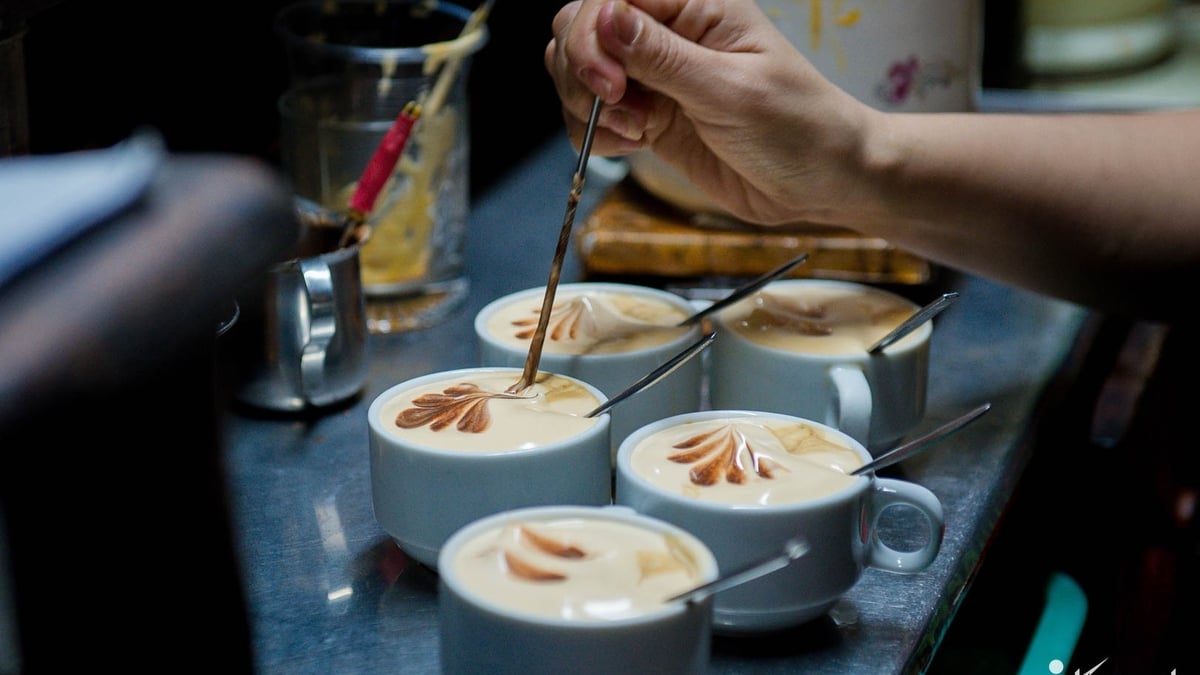
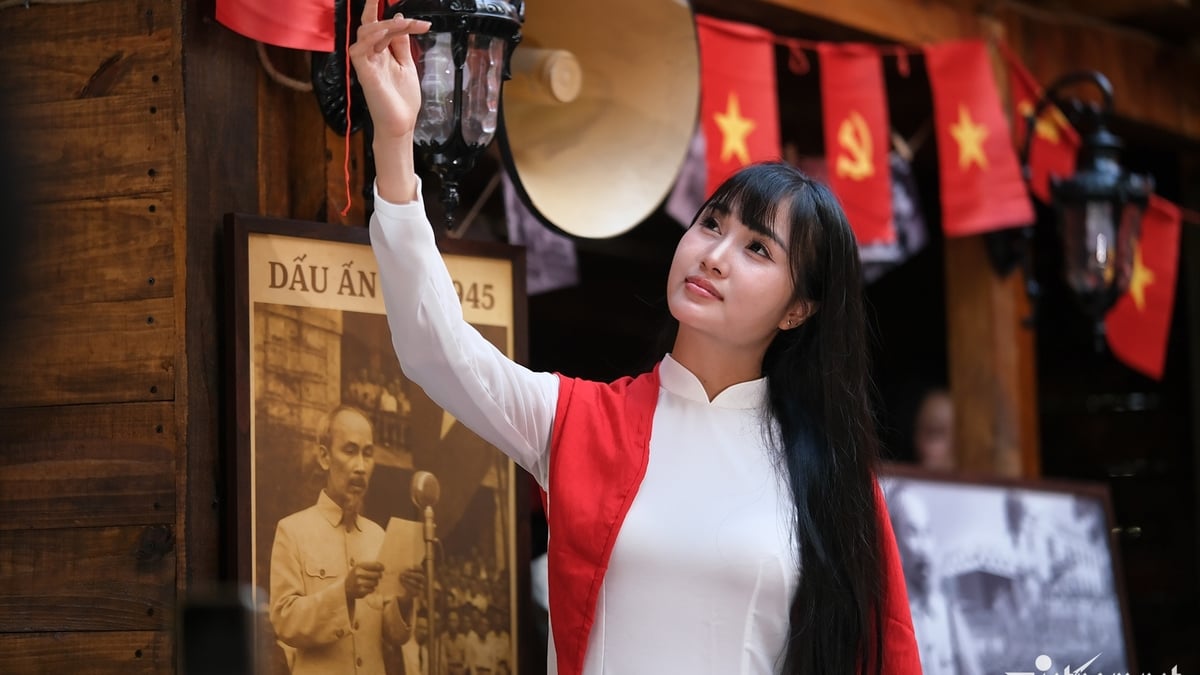
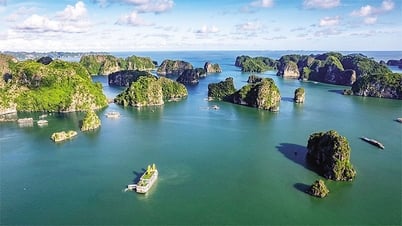

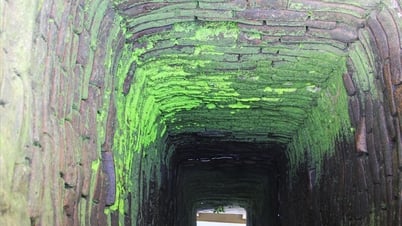

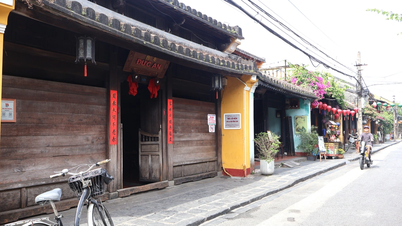

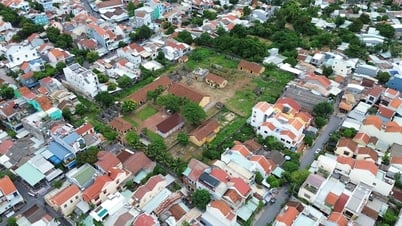



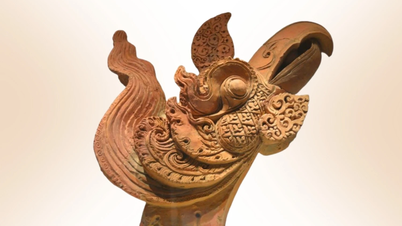





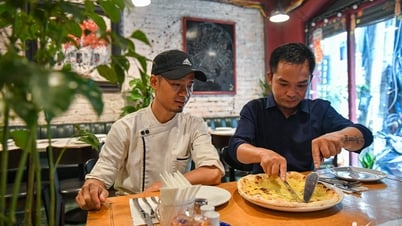






![[Maritime News] Two Evergreen ships in a row: More than 50 containers fell into the sea](https://vphoto.vietnam.vn/thumb/402x226/vietnam/resource/IMAGE/2025/8/4/7c4aab5ced9d4b0e893092ffc2be8327)

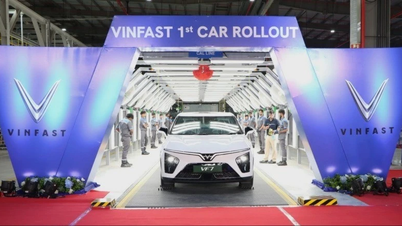

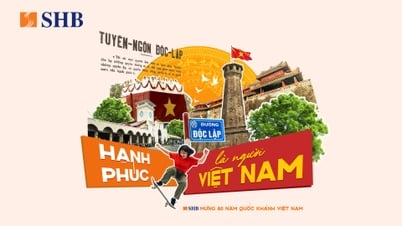



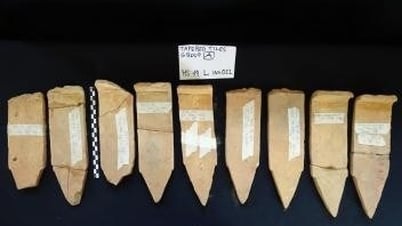
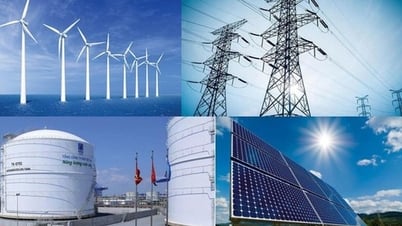

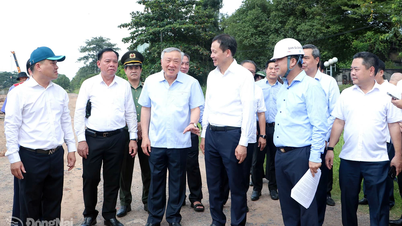




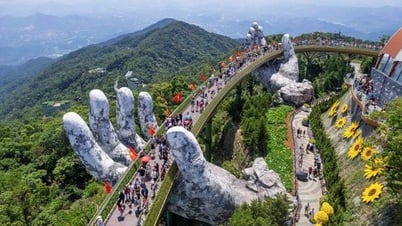

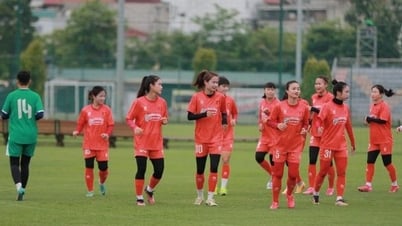

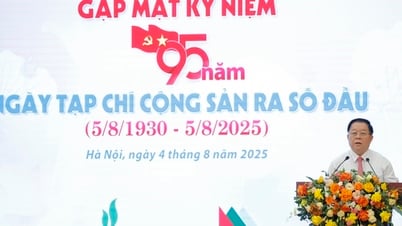
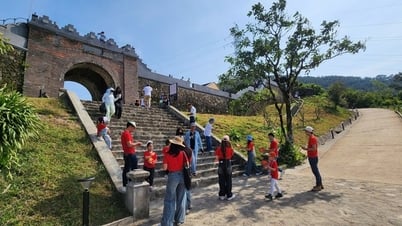
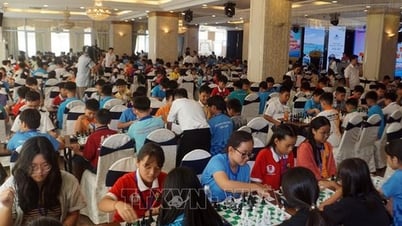







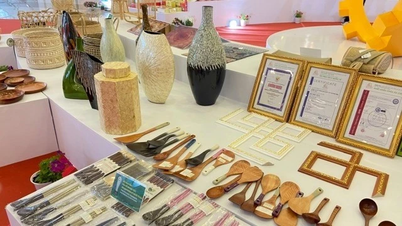
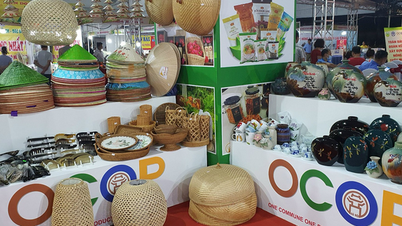
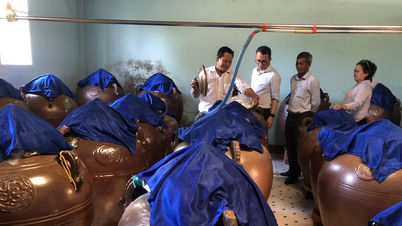

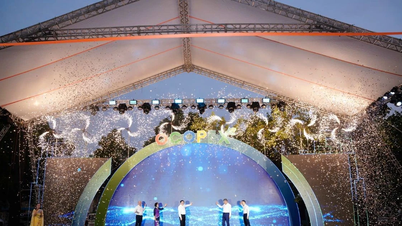

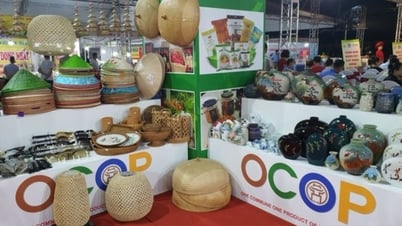

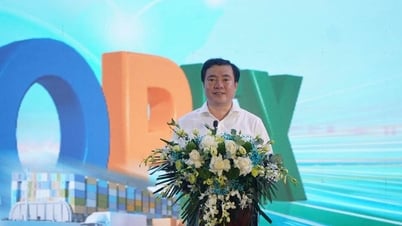


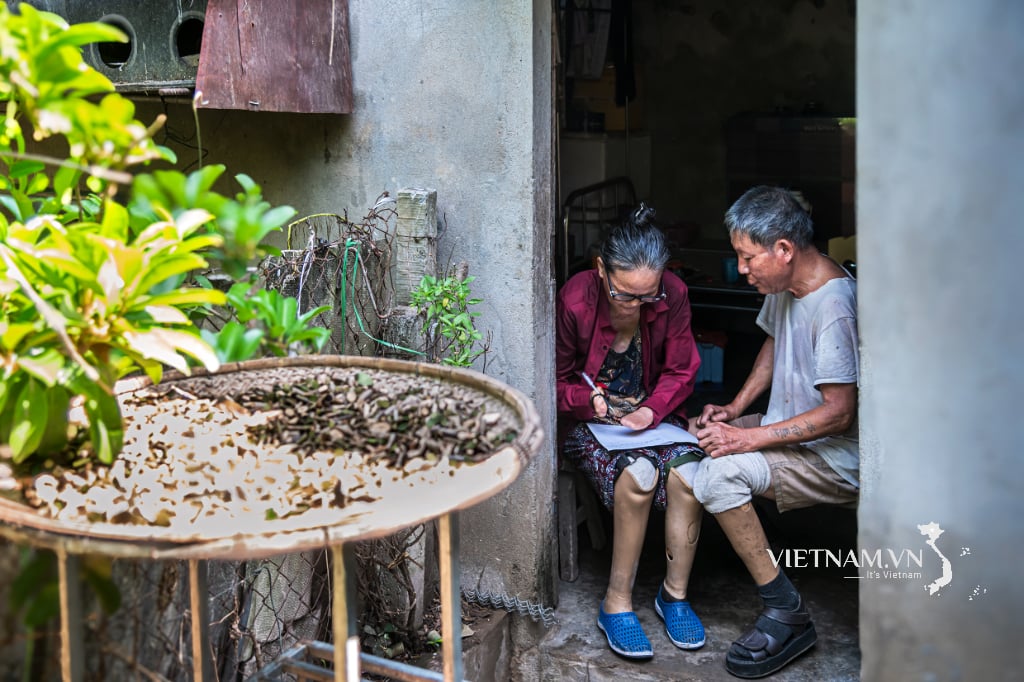
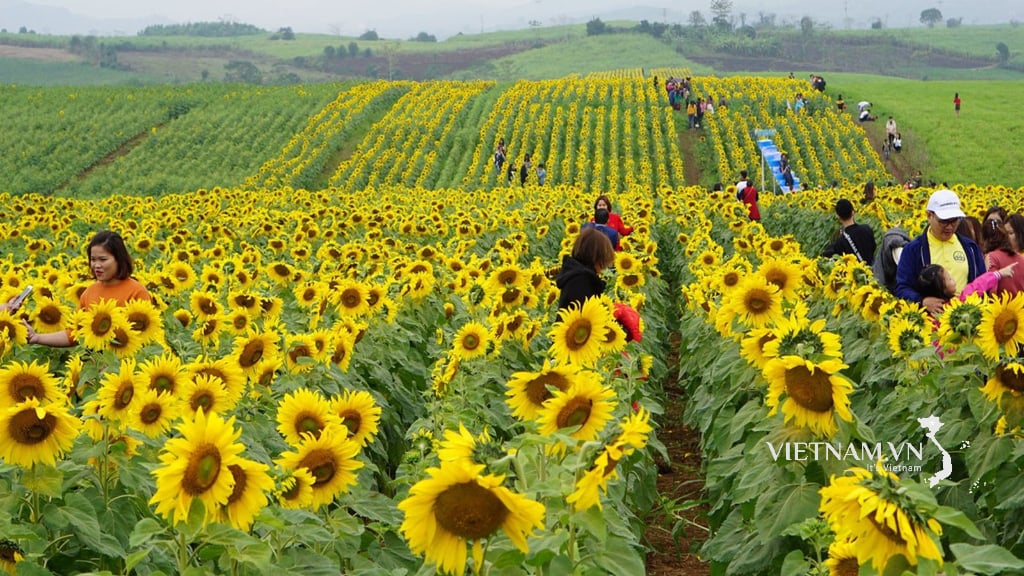
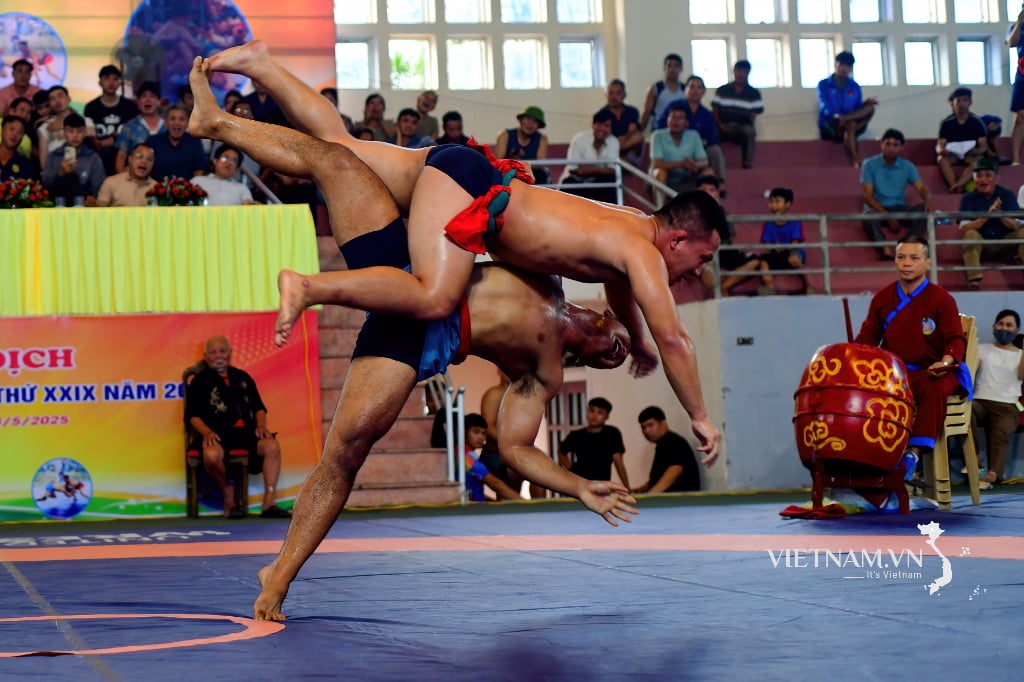
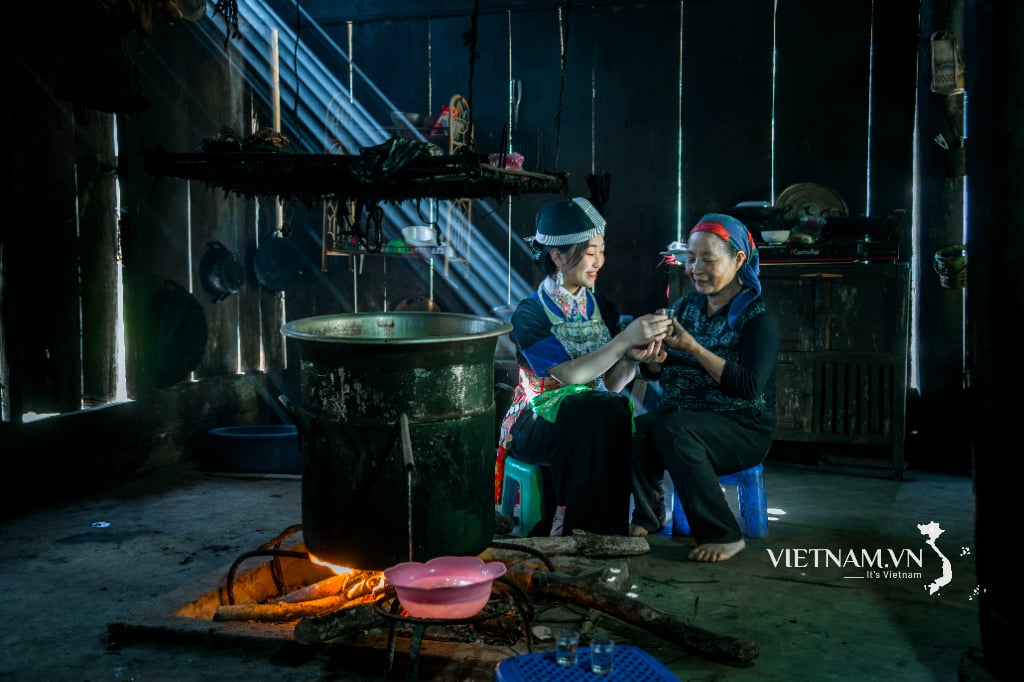
Comment (0)